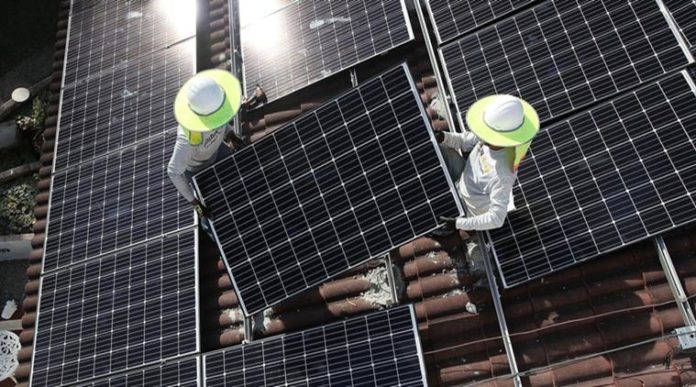New Delhi (NVI): India is set to see the largest increase in energy demand of any country over the next 20 years due to an expanding economy, population urbanisation and industrialisation, according to a recent report by International Energy Agency (IEA).
India’s electricity demand is set to increase much more rapidly than its overall energy demand, as per the report.
“An expanding economy, population, urbanisation and industrialisation mean that India sees the largest increase in energy demand of any country, across all of our scenarios to 2040,” says the IEA report.
The report titled ‘India Energy Outlook 2021’ explores the opportunities and challenges ahead for India as it seeks to ensure reliable, affordable and sustainable energy to a growing population.
The report examines pathways out of the crisis that emerged from the Covid-19 pandemic, as well as longer-term trends, exploring how India’s energy sector might evolve to 2040 under a range of scenarios.
“India has seen extraordinary successes in its recent energy development, but many challenges remain, and the Covid-19 pandemic has been a major disruption,” it said.
According to the report, in recent years, India has brought electricity connections to hundreds of millions of its citizens; promoted the adoption of highly-efficient LED lighting by most households; and prompted a massive expansion in renewable sources of energy, led by solar power.
India is the world’s third-largest energy consuming country, thanks to rising incomes and improving standards of living, as per the IEA report. Energy use has doubled since 2000, with 80% of demand still being met by coal, oil and solid biomass. On a per capita basis, India’s energy use and emissions are less than half the world average, as are other key indicators such as vehicle ownership, steel and cement output.
As India recovers from a Covid-induced slump in 2020, it is re-entering a very dynamic period in its energy development, says the report. Over the coming years, millions of Indian households are set to buy new appliances, air conditioning units and vehicles. India will soon become the world’s most populous country, adding the equivalent of a city the size of Los Angeles to its urban population each year.
To meet growth in electricity demand over the next twenty years, India will need to add a power system the size of the European Union to what it has now, says the report.
The report also stated that the Indian electricity sector is on the cusp of a solar-powered revolution. “Solar power is set for explosive growth in India, matching coal’s share in the Indian power generation mix within two decades in the STEPS – or even sooner in the Sustainable Development Scenario,” it said.
The report further states that India requires a massive increase in power system flexibility. The pace of change in the electricity sector puts a huge premium on robust grids and other sources of flexibility, with India becoming a global leader in battery storage, it said.
“India has a higher requirement for flexibility in its power system operation than almost any other country in the world. In the near term, India’s large grid and its coal-fired power fleet meet the bulk of India’s flexibility needs, supported by hydropower and gas-fired capacity. Going forward, new power lines and demand-side options – such as improving the efficiency of air conditioners or shifting the operation of agricultural pumps to different parts of the day – will need to play a much greater role, said the report.
However, booming industry and transport may push up CO2 emissions and harm air quality in the country, the report noted. A 50% rise in India’s CO2 emissions to 2040 is the largest of any country in the STEPS, even though India’s per capita CO2 emissions remain well below the global average, it said.
The report concludes by saying that India’s energy destiny will be forged by government policies. “More than that of any other major economy, India’s energy future depends on buildings and factories yet to be built, and vehicles and appliances yet to be bought. Within 20 years, the majority of India’s emissions in the STEPS come from power plants, industrial facilities, buildings and vehicles that do not exist today,” it said.
“Government policies to accelerate India’s clean energy transition can lay the foundation for lasting prosperity and greater energy security,” it added.
-ARK








